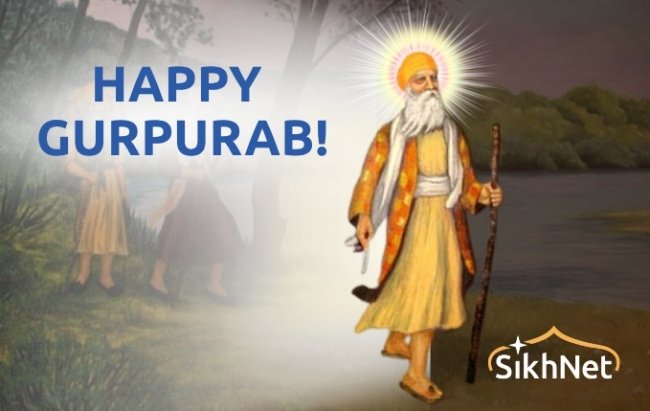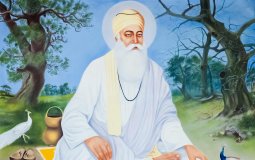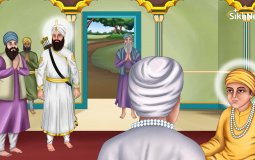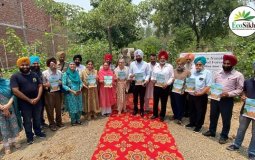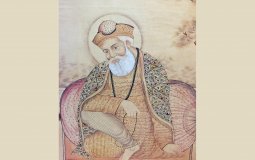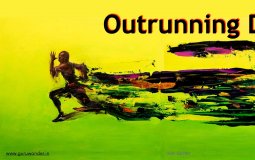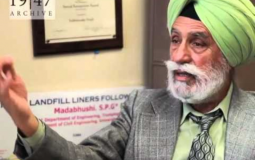In this way, Guru Nanak, not only enunciated the basic cause of human conflict but also suggested and promoted practical ways out of such a situation. Thus, being a passionate adherent and a strong supporter of the cause of peace, we can certainly say that he was an apostle of peace.
Guru Ji is saying that the insides get burnt in lack of remembrance and it becomes a perpetual cycle. It is a pretty precarious picture that has been painted by Guru Ji. ...Guru Ji is not against getting the human desires fulfilled, but not at the cost of derailing to remember...
Once a beloved of Guru Har Rai asked which one of his beautiful sons; the elder son; Baba Ram Rai or the younger son; Baba HarKrishan, would be the one to sit on the throne of Nanak. Guru ji had the beloved test both sons while they read the Guru's words, by seeing if he could insert a needle into the wood under the books that they were reading...
He was an architect who made significant contributions to the spread of teachings of Sikhism throughout his life’s work. In 2017, he founded his company CHAATRIK. His firm’s design work includes the Cincinnati Reds Hall of Fame Shop ... The award ceremony was held at the same location in park where the Cincinnati parks foundation will be erecting a statue of Cincinnati legend Ezzard Charles.
Palatine; the home to the oldest Sikh Religious Society Gurdwara in Midwest America awards "Best Overall" to Sikh entry on July 4th parade.
Each human is like a Sun-ray, that has sun within it, in the form of light. The light here refers to the powerful peace, known with other names like happiness, joy, that we seek outwards from things and people. Ironically, the light the Sun-ray seeks is within.
Amritsar being a popular destination of pilgrims and visitors, the city’s natural resources are under tremendous strain. In order to maintain the ecology of this sacred city, planting forests is critical, and we are confident that everyone will join in this massive effort.
"The fundamental belief in Sikhism is that God exists not merely as an idea or concept, but as a real entity. God is indescribable, yet knowable and perceivable to anyone who is prepared to dedicate the time and energy to become perceptive to His persona. The Gurus never spoke about proofs of the existence of God. For them, He is too real, and something obvious does not require any logical proof."
Death is certain, we cannot outrun death. Neither with wealth, power, prayers, science, medicine, yoga etc. or anything else save us, except God. Fear of death is itself death. All we can do is live, a meaningful, healthy life made possible by a healthy diet of food and thoughts, a stimulating lifestyle to keep us stimulated and feeling alive, a workstyle that provides us income, dignity, and meaning, be part of a community that nurtures and whose members supports one another, materially, emotionally, intellectually and spiritually.
The first Chair created for a Professor who is living and in active service of Santa Clara University
